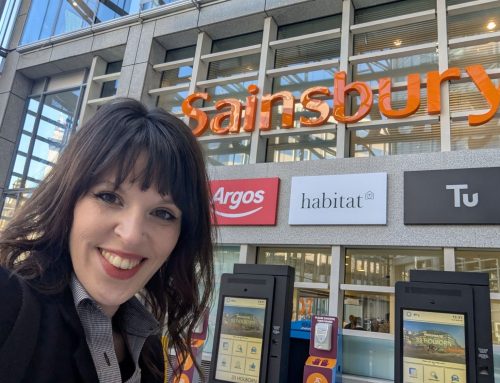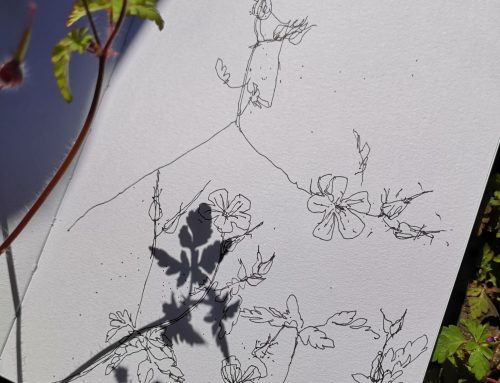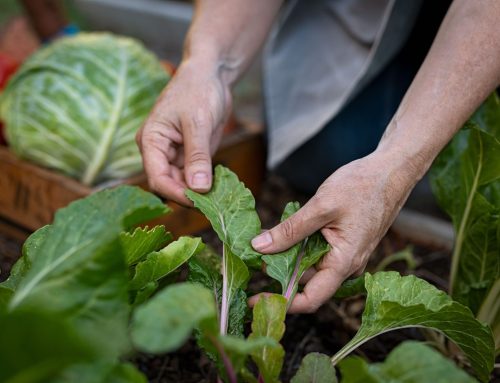by Dr Trevor Dines
As a botanist, I very much view the world from the roots up. In urban landscapes, I’m particularly obsessed with urban cliffs – or ‘walls’ as some people call them – where a multitude of ferns, mosses and flowering plants eke out a living in the nooks and crannies. Cracks in the pavement, too, provide hours of entertainment, with plants from all around the world spilling out of gardens and joining a parade of native species to form novel multicultural communities. And, perhaps most exciting of all, fallow waste and derelict ground, where nature is allowed to run riot for a few years and you never quite know what you’ll find next.
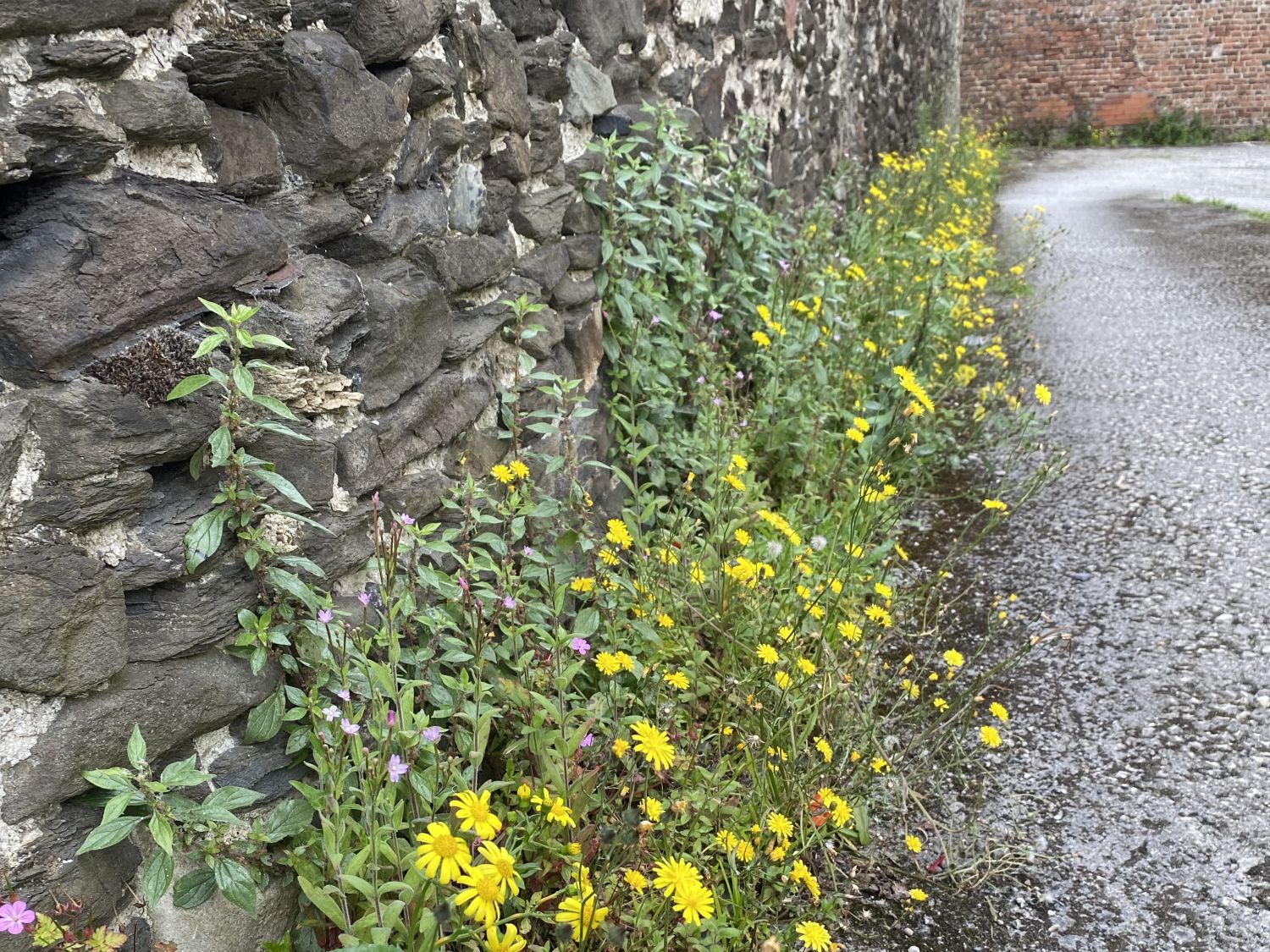
Flowery base of wall – Conwy (c) Trevor Dines
Much of the thrill of urban botany comes from finding these new plants, either native species popping up in unexpected places (such as Bee Orchid Ophrys apifera in an unmown suburban lawn), or non-natives escaping from gardens and flower beds. Once, on my way to get a hair cut in my local town, I stumbled upon an unfamiliar yellow daisy-like flower growing around the car park. Seeded from a nearby flowerbed, it turned out to be Willow-leaved Yellow-oxeye Buphthalmum salicifolium, the first record for Wales and only the fifth for Britain. I returned excitedly a few days later but was horrified to find the plants had already been sprayed with herbicide. Sadly, as is so often the case, transience is a signature of urban botany and you soon learn not to hang around if you want to identify or photograph anything.
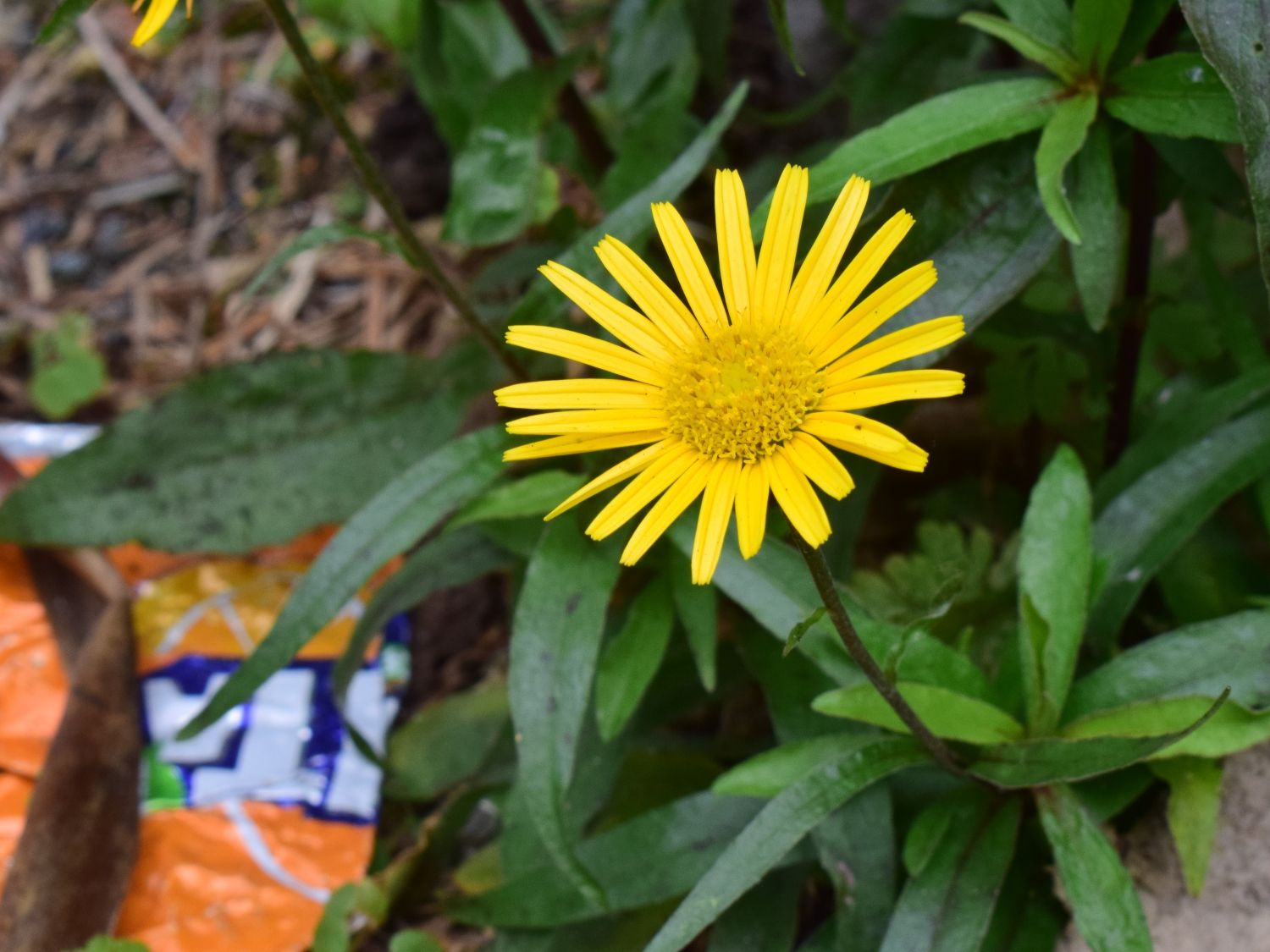
Willow-leaved Yellow-oxeye – Llandudno Junction (c) Trevor Dines
My dream urban landscape, then, would have plenty of old walls allowed to gently crumble and wear their green mantle with pride, pavements would be spared the touch of herbicide and become fringed with flowers, lawns and verges would be unmown through spring and summer and provide a carpet of colour until the seeds are set, and urban fallow land would remain undeveloped for decades, allowing patches of wildlife to run at full throttle through the urban mosaic. Such a landscape could only exist if our relationship with urban plants changes: some people love them, but many others hate them – green stains on our obsession with ‘neat-and-tidy’. Urban Plants explores the stories behind the plants – how they arrive, spread and survive – and our attitudes towards them. I hope it encourages people to look again at the flowers at our feet, because not noticing them is the biggest danger of all.
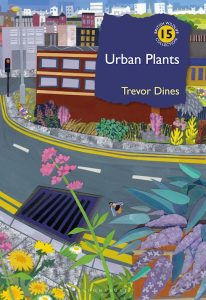 Trevor Dines co-authored the New Atlas of the British and Irish Flora, mapping every native and naturalised plant in these islands. A campaigner for better management of road verges and lawns and the creation of wildflower meadows, he appears regularly on the Radio 4 Today programme, BBC Breakfast and Countryfile. Trevor also presented Channel 4’s Wild Things and wrote the accompanying book The Wild Things Guide to the Changing Plant Life of the British Isles. His new book Urban Plants is out now and you can get 25% off your copy with the discount code URBANPLANTS25 at checkout.
Trevor Dines co-authored the New Atlas of the British and Irish Flora, mapping every native and naturalised plant in these islands. A campaigner for better management of road verges and lawns and the creation of wildflower meadows, he appears regularly on the Radio 4 Today programme, BBC Breakfast and Countryfile. Trevor also presented Channel 4’s Wild Things and wrote the accompanying book The Wild Things Guide to the Changing Plant Life of the British Isles. His new book Urban Plants is out now and you can get 25% off your copy with the discount code URBANPLANTS25 at checkout.

